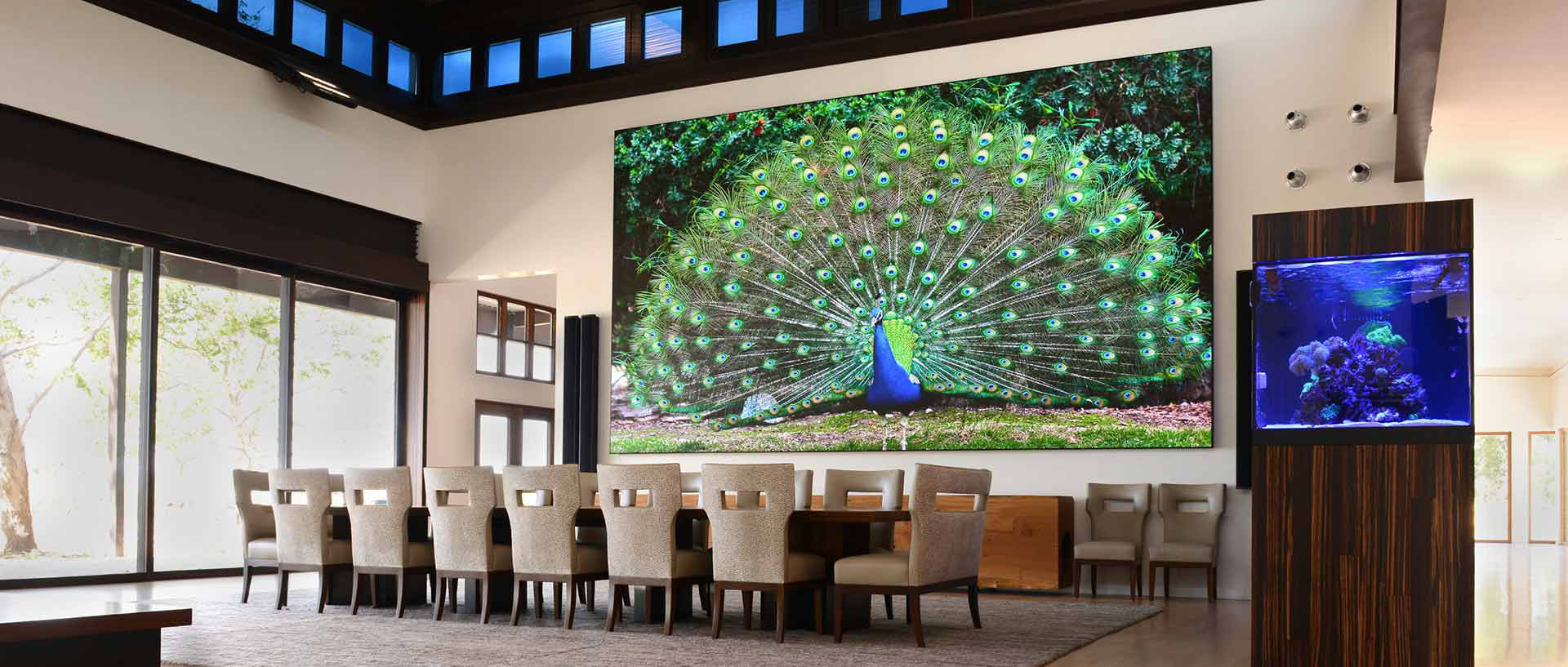Investigating the Key Elements That Affect Hue Consistency in Light Emitting Diode Wall Panels for Ideal Visual Performance
Investigating the Key Elements That Affect Hue Consistency in Light Emitting Diode Wall Panels for Ideal Visual Performance
Blog Article
Color uniformity in LED wall panels is essential for attaining optimal visual performance. LED wall screens are commonly used in multiple environments, including musical events, conferences, and advertising displays. When the hues on these panels are uniform, they create a more captivating and immersive experience for viewers. Several critical elements affect color consistency, including the caliber of the LED elements, tuning procedures, and environmental conditions.
The quality of the light-emitting diode components plays a major role in hue consistency. Different types of LEDs emit light at varying frequencies, which can influence the overall hue output. High-quality LEDs are designed to produce a more uniform light spectrum, resulting in better color accuracy. Additionally, the production method of these light-emitting diodes can affect their functionality. Screens made with high-grade materials and techniques tend to have fewer color differences, guaranteeing that the shown pictures and videos look vibrant and faithful to life.
Calibration is another crucial factor in preserving color consistency in light-emitting diode wall screens. Calibration entails modifying the configurations of the screen to make certain that the colors shown match the intended appearance. This procedure can include fine-tuning luminosity, differentiation, and color equilibrium. Frequent calibration is essential, especially in environments where illumination conditions change often. By tuning the panels, technicians can fix any inconsistencies in color output, resulting to a more consistent observing experience.
Surrounding conditions also influence hue consistency in LED wall screens. Elements such as ambient light, temperature, and humidity can affect how hues are perceived. For instance, bright surrounding light can dull colors, making them appear more vibrant. Similarly, harsh heat can influence the performance of the LEDs, resulting to hue changes. To reduce these issues, it is essential to install light-emitting diode wall screens in controlled settings where illumination and heat can be managed effectively.
Finally, the layout and arrangement of the light-emitting diode wall screens can sites impact color consistency. The configuration of the screens, as well as the spacing from which they are observed, can create variations in color recognition. When panels are arranged too distant apart or at varied angles, viewers may notice inconsistencies in color. To obtain the optimal optical output, it is important to take into account the positioning and arrangement of the screens during setup. By addressing these elements, operators can guarantee that their light-emitting diode wall screens provide a consistent and high-quality visual experience.